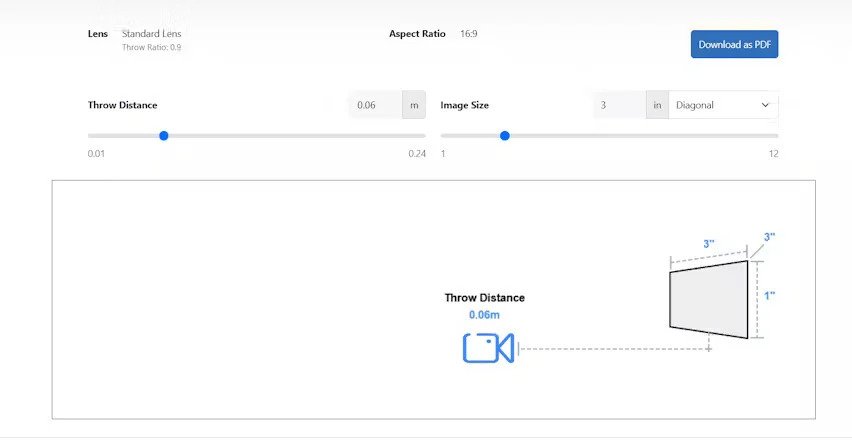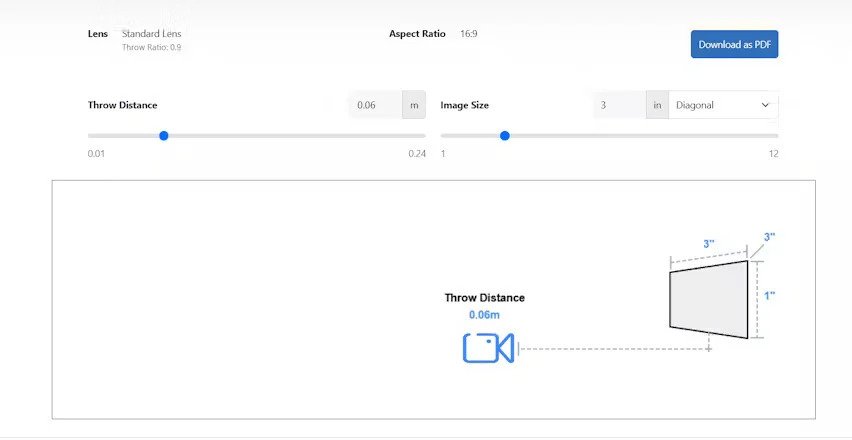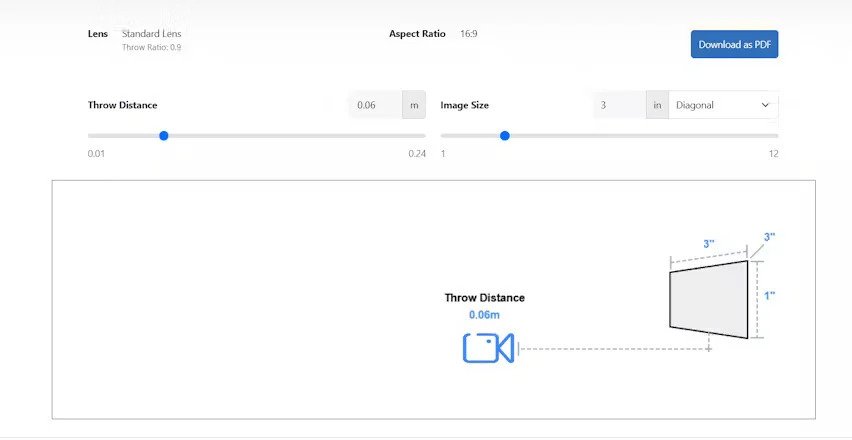Picking an IT solution provider is no longer only about uptime and ticket queues. In 2025 the stakes are higher: rapid AI adoption, expanding regulatory complexity, increasingly sophisticated cyberattacks, a hybrid workforce, and compressed IT budgets mean your provider must be a strategic partner — not just a reactive vendor. Below is a practical, step-by-step guide to choosing the right IT partner in 2025, with the questions to ask, the red flags to watch for, and the measurable commitments you should require.
1. Start with a clear, prioritized needs assessment
Before you talk to vendors, map what you actually need.
• Business goals: growth, geographic expansion, M&A, cost reduction, digital product launches.
• Technical scope: cloud migration, managed services, security (MSSP), networking (SASE), data & analytics, AI/ML ops, helpdesk.
• Compliance & data residency: GDPR, CCPA/CPRA or emerging state and international laws that affect you.
• Risk tolerance: downtime limits, recovery point/time objectives (RPO/RTO), acceptable security risk.
• Budget & procurement model: capex vs opex, fixed monthly vs consumption billing.
A crisp internal brief (1–2 pages) lets you evaluate vendors against the same yardstick and avoids being seduced by polished sales decks. This foundation also helps you design realistic SLAs and KPIs later.
2. Prioritize security, with Zero Trust and SASE on the checklist
By 2025 “security” is inseparable from architecture and delivery. Zero Trust principles (verify explicitly, least privilege, assume breach) and Secure Access Service Edge (SASE) architectures are mainstream expectations for modern providers — especially if you support hybrid work or cloud apps. Ask vendors how they implement Zero Trust (identity, device posture, microsegmentation) and whether they operate or integrate with SASE platforms. These are not optional boxes anymore; they’re strategic design choices for resilience. Cato Neorks+1
3. Expect AI/automation — but evaluate outcomes, not buzzwords
AI and ML are being embedded across monitoring, threat detection, capacity planning, and automation of routine ops. That said, an AI claim means little without clear operational metrics: how much mean time to detect (MTTD) or mean time to repair (MTTR) is improved? Which manual tasks are automated and what are the guardrails for false positives? Demand concrete before/after examples and references. Analysts and vendor research in 2025 show AI is accelerating managed services but also increasing complexity if not paired with process redesign. AHEAD+1
4. Verify cybersecurity posture with evidence — not promises
Don’t accept vague statements about “enterprise-grade security.” Ask for:
• Recent penetration test / red-team summaries (redacted) or SOC2 Type II / ISO 27001 certificates.
• Incident response playbooks and recent tabletop exercise outcomes.
• Data on average time to detect/respond, number of incidents, and root causes (redacted).
• Third-party vendor security posture: how do they vet their own supply chain?
Threats in 2024–25 have evolved to include targeted deepfake social engineering and sophisticated infostealers — so ensure the provider demonstrates defenses against modern threat vectors and a mature incident response capability. IT Pro+1
5. Make compliance and data privacy a negotiated deliverable
Privacy laws and state-level regulations proliferated through 2024–2025. Your provider must be able to show how they help you meet relevant obligations (data subject requests, DPIAs, breach notification timelines, cross-border transfers). Request examples of how they supported clients through regulatory audits or investigations and ask which privacy tools they use for data mapping, consent management, and retention controls. Treat privacy as a feature of the service, not an afterthought. TrustArc+1
6. Ask explicit questions about continuity, SLAs and pricing
A good contract balances incentives and accountability. Key items to insist on:
• Clear SLAs: uptime (by service), support response times by severity, escalation paths, and service credits for missed SLAs.
• Disaster recovery and business continuity proofs: RTO/RPO guarantees, practice frequency, and evidence of successful restores.
• Transparent pricing: what’s included, what’s add-on, and how scale affects cost. Watch for creep in “essential” features moved off-contract.
• Exit & data return clauses: how will your data be returned or destroyed if you switch providers?
Use a scoring matrix to compare proposals against the same SLA and pricing assumptions so “cheap” doesn’t hide costs later.
7. Check industry experience, references, and outcomes
Track record matters more than shiny features. Ask for:
• Case studies from customers in your industry and with similar technical scope.
• Names and direct contact information for references (ask about migration pain points, support quality, and post-migration surprises).
• Evidence of outcomes: % reduction in incidents, cost savings, improved employee satisfaction, or faster product release cycles.
If a vendor resists providing references or only gives tiny, heavily curated examples, treat that as a red flag.
8. Evaluate operational and cultural fit
Technical fit is necessary but not sufficient. Assess culture and communication style:
• Support model: 24/7 in-house vs outsourced follow-the-sun, single vs multiple contact points.
• Reporting cadence: monthly reviews, dashboards, and access to raw telemetry.
• Change processes: how are upgrades, maintenance windows, and emergency changes handled?
• Shared ownership: do they provide advisory-architect services or just ticket handling?
A partner that matches your tempo — whether fast-moving startup or compliance-focused enterprise — will be far easier to work with.
9. Pilot, measure, then scale
For larger engagements, require a limited pilot or phased rollout with measurable KPIs. Define success criteria upfront (uptime, incident counts, helpdesk satisfaction, cost targets) and tie the next phase to achieving them. Pilots reduce risk and provide real evidence of whether the provider can deliver at your scale and complexity.
10. Practical checklist: questions to ask every candidate
Use this short checklist during vendor interviews.
- Which exact services are included in the contract? (list)
- How do you implement Zero Trust and where do you use SASE? (technical detail) — cite architecture. Cato Networks
- What AI/automation capabilities do you use and how are false positives handled? AHEAD
- Can you share SOC2/ISO27001 reports and recent penetration-test summaries? Deloitte
- How do you support data privacy and compliance for our jurisdictions? TrustArc
- Provide three references: one for onboarding, one long-term client, one for incident handling.
- What are your standard SLAs and sample contract (with exit terms)?
- How do you price scale and what hidden costs can appear?
- What is your incident response time and post-incident reporting process?
- How do you handle supply-chain risks and third-party integrations?
11. Red flags to watch for
• Vague security claims with no certifications.
• No clear escalation path or single points of contact.
• Aggressive lock-in: inability to export data, punitive exit clauses.
• Overreliance on a single engineer or no documented procedures.
• No willingness to pilot or provide measurable outcomes.
12. Governance: set KPIs and review rhythm
Once you sign, operational governance keeps things healthy:
• Quarterly business reviews with executive sponsors.
• Monthly performance reports: tickets, MTTR, MTTD, patch compliance, and backlog.
• Security scorecards and audit results.
• A joint roadmap for improvements and cost optimization.
This keeps the relationship strategic and avoids the “set-and-forget” trap.
13. Wrap up: make the choice a balance of trust, evidence, and economics
In 2025, a capable IT solution provider combines modern architecture (Zero Trust, SASE), demonstrable security and compliance capabilities, practical AI-driven operations, and cultural alignment to your business. The selection process should be evidence-driven: certifications, references, pilot metrics, and contractual protections. Spend as much time on governance and SLAs as on the technical evaluation — an excellent provider with poor governance can still underdeliver.
Finally, treat the first 90 days of any engagement as a probation period: validate their responsiveness, transparency, and ability to meet the agreed KPIs. If the provider can show concrete improvements quickly and cooperatively owns problems when they happen, you’ve likely found a partner worth scaling with.
Selected sources used to inform this guide: research and industry reporting on Zero Trust and SASE, managed services trends, cybersecurity threat reports (deepfake and infostealer trends), and privacy/compliance guidance for 2025. For further reading or if you’d like, I can convert this into a one-page vendor evaluation checklist or a customizable RFP template you can send to shortlisted providers.













Leave a Reply